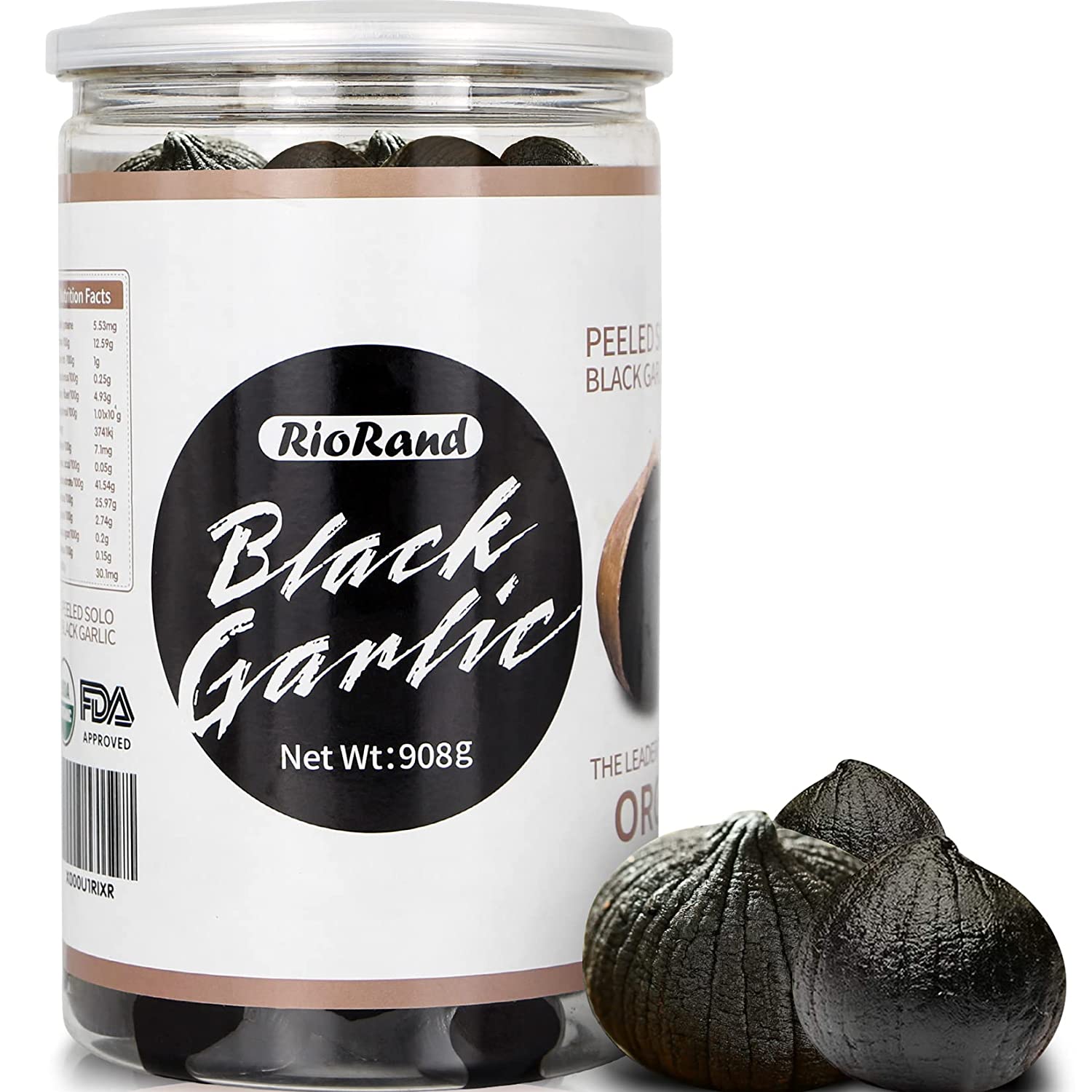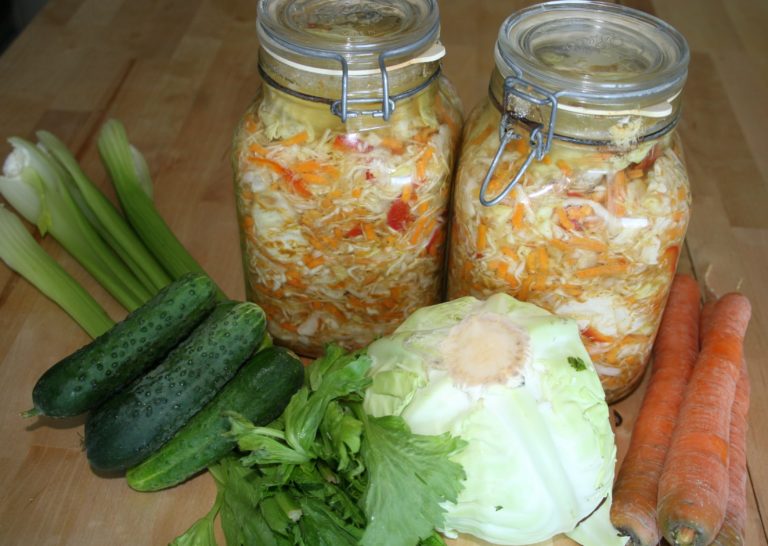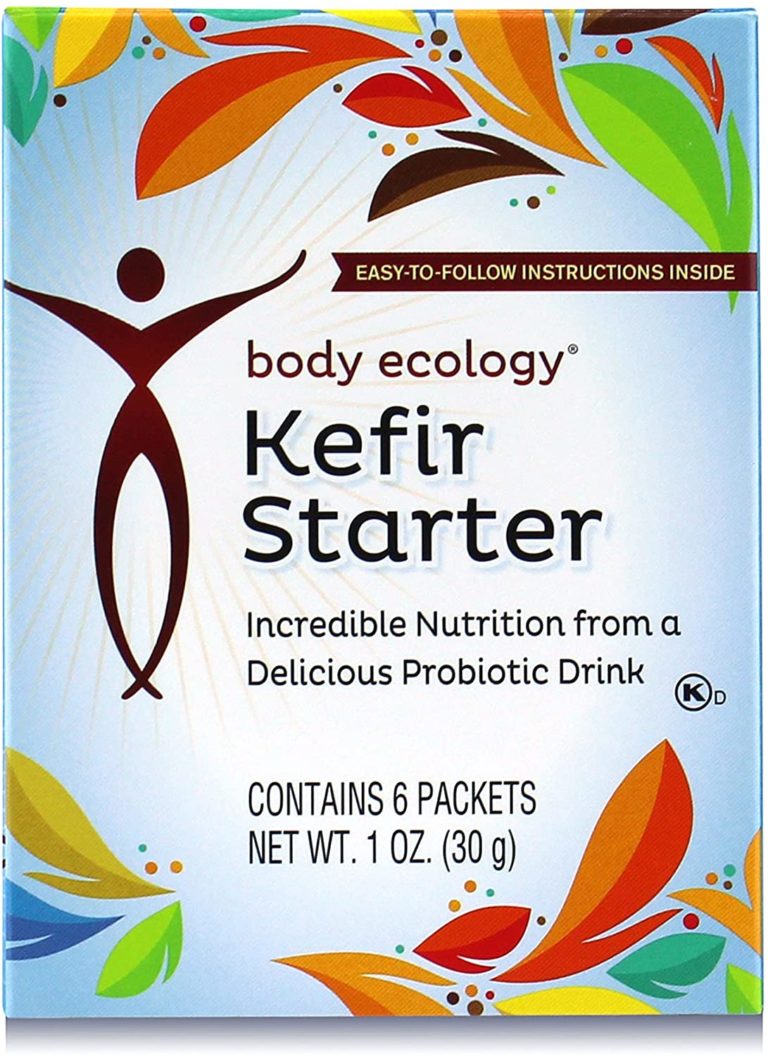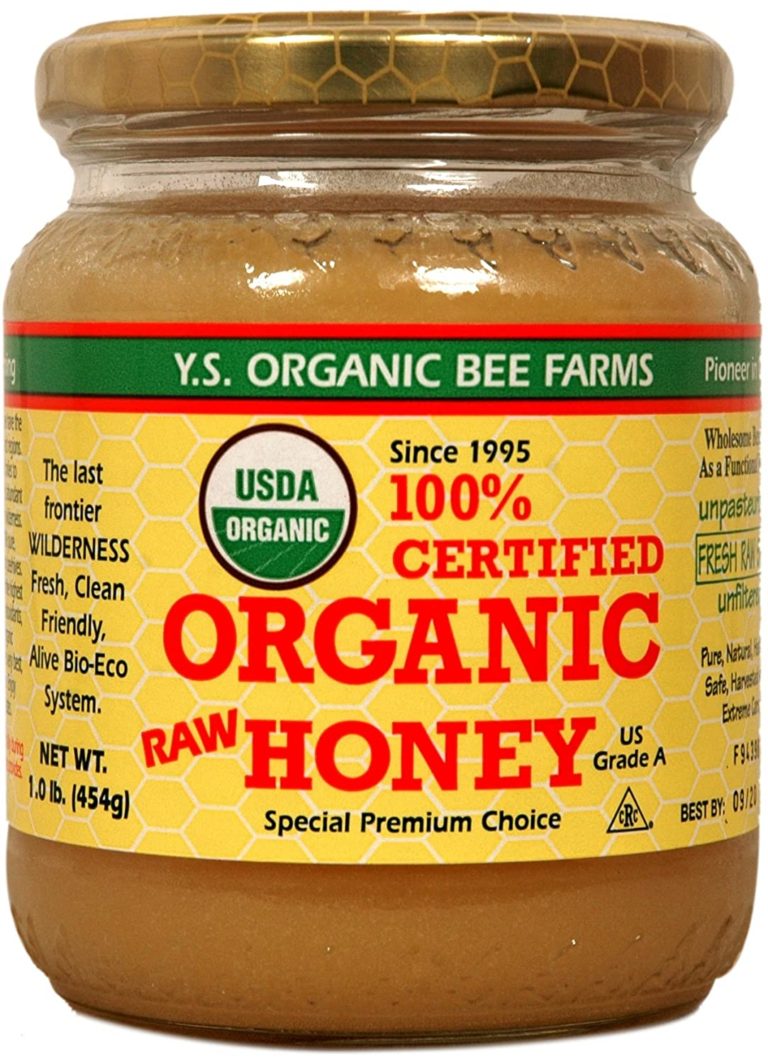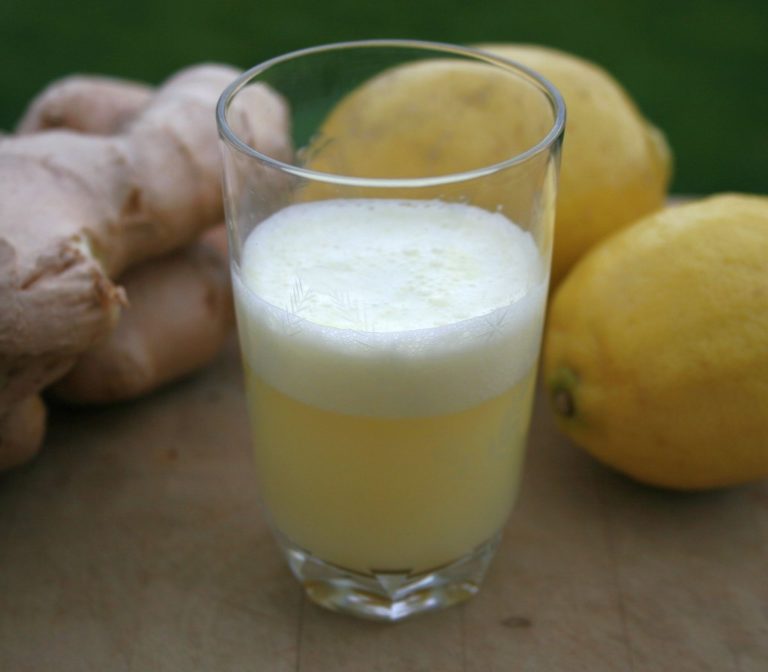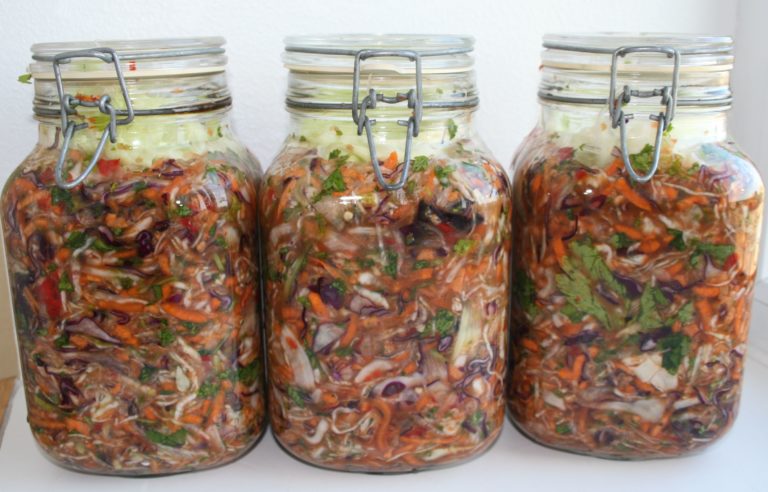Black Garlic—Taste and Uses | Get Enticed By The Dark Side
Black garlic is unique! The extraordinary complex, sweet taste of black garlic is enticing. It’s like having healthy sweets! But be aware! once you have got the taste of it you will be irresistibly captured by the dark side.
What is black garlic?
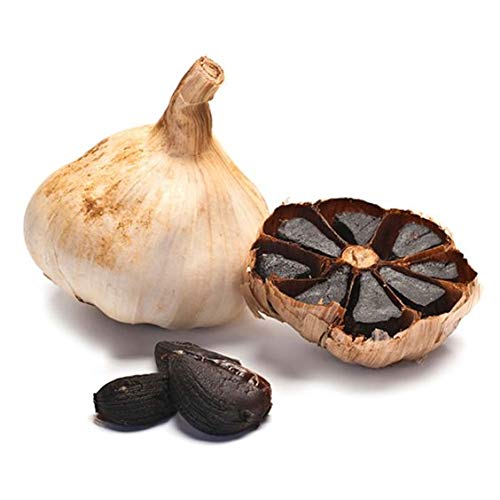
Most is produced by caramelising fresh garlic—whole garlic bulbs are warmed for weeks. It’s a break-down process involving slow sugar conversion into other compounds. The result is black cloves with a sweet, syrupy taste. This process does not involve fermentation with live bacteria but it’s still tasty and beneficial.
However, black garlic produced by true fermentation involves live bacteria and is superior. During this fermentation, some nutrients are enhanced and many new ones are formed. For example, during fermentation allicin is converted to the potent S-ally-cysteine (SAC), a powerful antioxidant with many benefits.
Unique taste
How does it taste? Chocolate, a little bitterness, a slight molasses sweetness, and umami (described as pleasant savoury), plus some acidity. It has a soft, smooth and creamy texture, it’s a bit sticky like dates and it melts in your mouth. This stuff is not even close to fresh garlic.
If you feel like the taste of raw garlic is too strong, then the much milder black kind is a good option and it does not give you a bad breath. The first time I had it was a total and unexpected surprise and I immediately fell in love with it.
How to use black garlic?
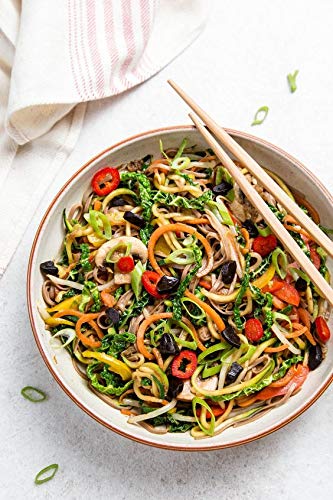
The complex and delicious taste makes it easy to use in cooking. You can use it similarly as roasted garlic. It’s is also an excellent decoration of dishes. Here are some suggestions:
- Serve a few cloves on the side, especially with meat dishes.
- Make a puree from the black cloves and oil. The puree makes the taste more pronounced. Use it as a bread-spread or rub it onto meat before roasting. It can also be added to cream-based sauces.
- When pasta is boiled—just before serving—throw in a few whole or chopped cloves. It makes simple pasta dishes look and taste really cool.
- When a dish seems to be “missing something, ” add a few cloves and suddenly it tastes great.
Buying black garlic
There are several brands that create beautiful and delicious black garlic. RioRand and Onetang are two of them. Check the links to Amazon.com below.
Preparing this at home is more cost-effective but it is a challenge to create a product that tastes as good as the ones mentioned above, though you can get pretty close. I think the easiest way is to do as described below.
How to prepare black garlic at home
This is of course much cheaper in the long run. Using your oven is possible but it takes very long and there’s no guarantee you will succeed each time. I did this a few times for 40 days. The first batch was fairly good but the second a disaster—the garlic turned hard as rock.
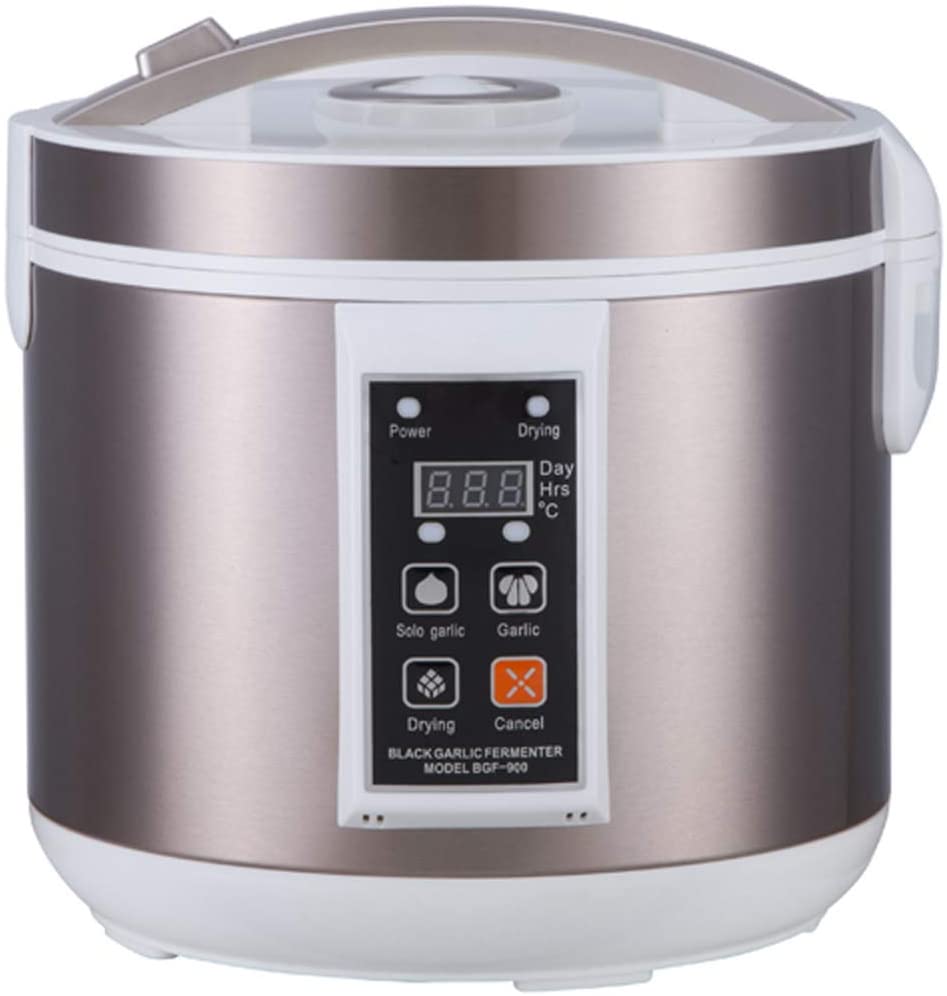
A much better and faster option is to get a Garlic Fermenter which is easy to use, though you still need some patience.
For preparation you need:
- 15 -20 garlic bulbs
- A garlic fermenter
- Set the timer for 9-13 days
- Taste it after 9 days to see if ready
Instruction: This garlic will taste great after 10 days. However, to get it as you like you might need to try a few batches. If you use fresh garlic or large bulbs, you can dehydrate them first in the fermenter as this will enhance the result.
FAQ
Raw garlic turns black when cooked for a long time at a low temperature. The darkening happens when sugar and amino acids react with heat which produces additional substances with a browning effect. This is similar to when meat gets darker as it’s cooked in a pan or grilled.
